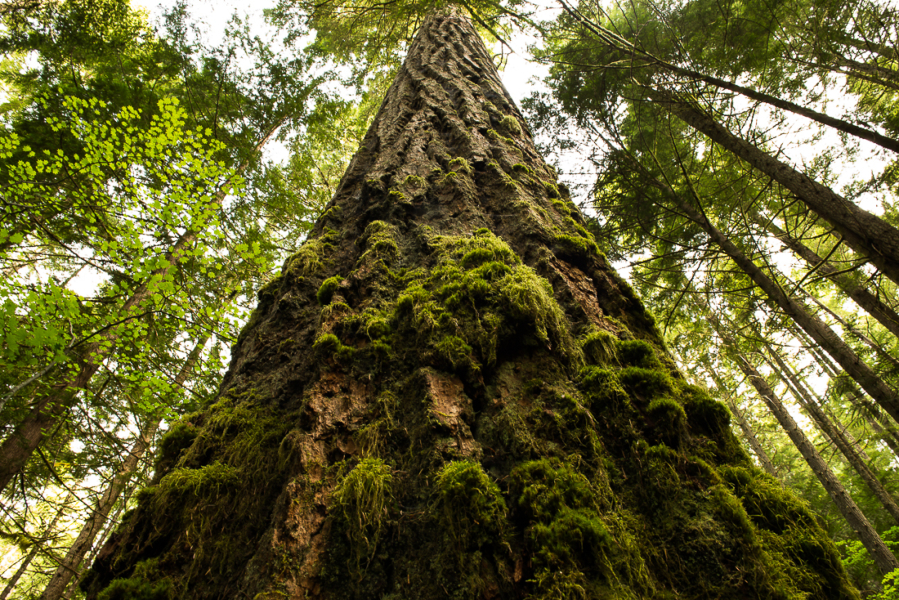Age may be a simple number, but “old” isn’t so clear-cut.
Turn your attention to federal agency efforts to define what an “old growth” tree represents in our increasingly threatened forests.
In April, President Joe Biden directed his administration to create a plan to preserve old growth forest in the fight against climate change.
Large, mature trees absorb a lion’s share of carbon dioxide, release oxygen and store massive quantities of global warming-causing carbon in their trunks. They’re what Wild Heritage chief scientist Dr. Dominick DellaSala described as “irreplaceable bio-cultural legacies,” in a detailed report on the subject by Columbia Insight.
But what exactly is “old growth?” Originally, it was an unscientific, logging-derived term used to determine a tree’s timber value.
Recently, the U.S. Forest Service and Bureau of Land Management issued a press release seeking public input on the matter.
The new goal: develop a “definition framework” for old growth and mature forests on federally managed lands to help guide a departmental response to Biden’s Executive Order 14072, Strengthening the Nation’s Forests, Communities, and Local Economies.
“Synthesizing old-growth forest information on a national scale is a critical first step to informing further science questions and further management actions,” said Forest Service Chief Randy Moore in the release.
The new study invites “people across a broad spectrum” to weigh in on a list of open-ended questions. Among them:
What criteria are needed for a universal definition framework that motivates mature and old growth forest conservation and can be used for planning and adaptive management?
How can a definition be durable but also reflect changes in climate and forest composition?
In a recent Forest Service amendment plan, the agency defined an “old tree” as over 150 years, and a “large” tree as over 21 inches in diameter (or 30 inches depending on the species).
Complicating matters, many forest scientists prefer to link the term “old” with a tree’s actual physical characteristics as opposed to its age.
Inviting John and Jane Q. Public into this forum will likely add more branches to the debate.
Approximately two-thirds of the Pacific Northwest was once forested in what has traditionally been regarded as old growth conifer, over 70 percent of which has been lost largely through logging and other developments, according to a 2006 study.
Approximately half of the region’s remaining old growth is in the Central and Southern Cascades and Klamath-Siskiyou region.



